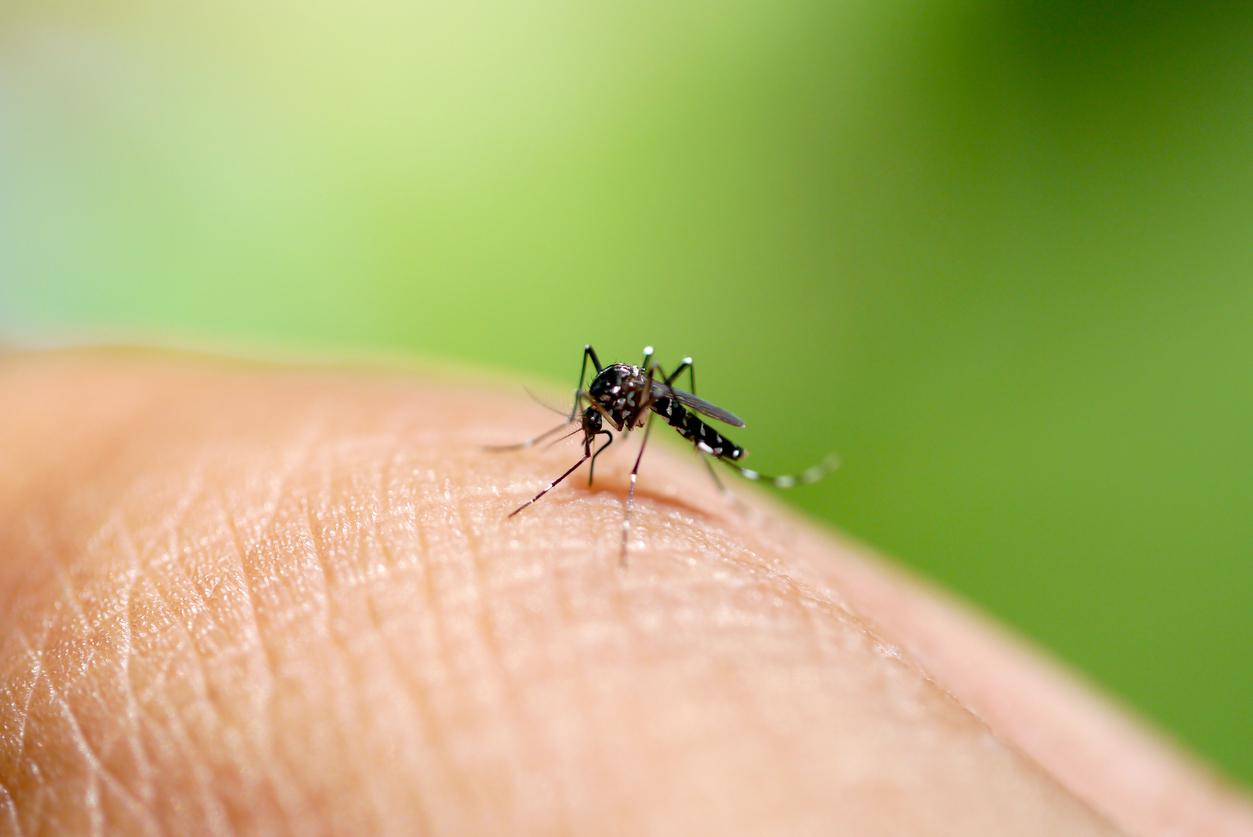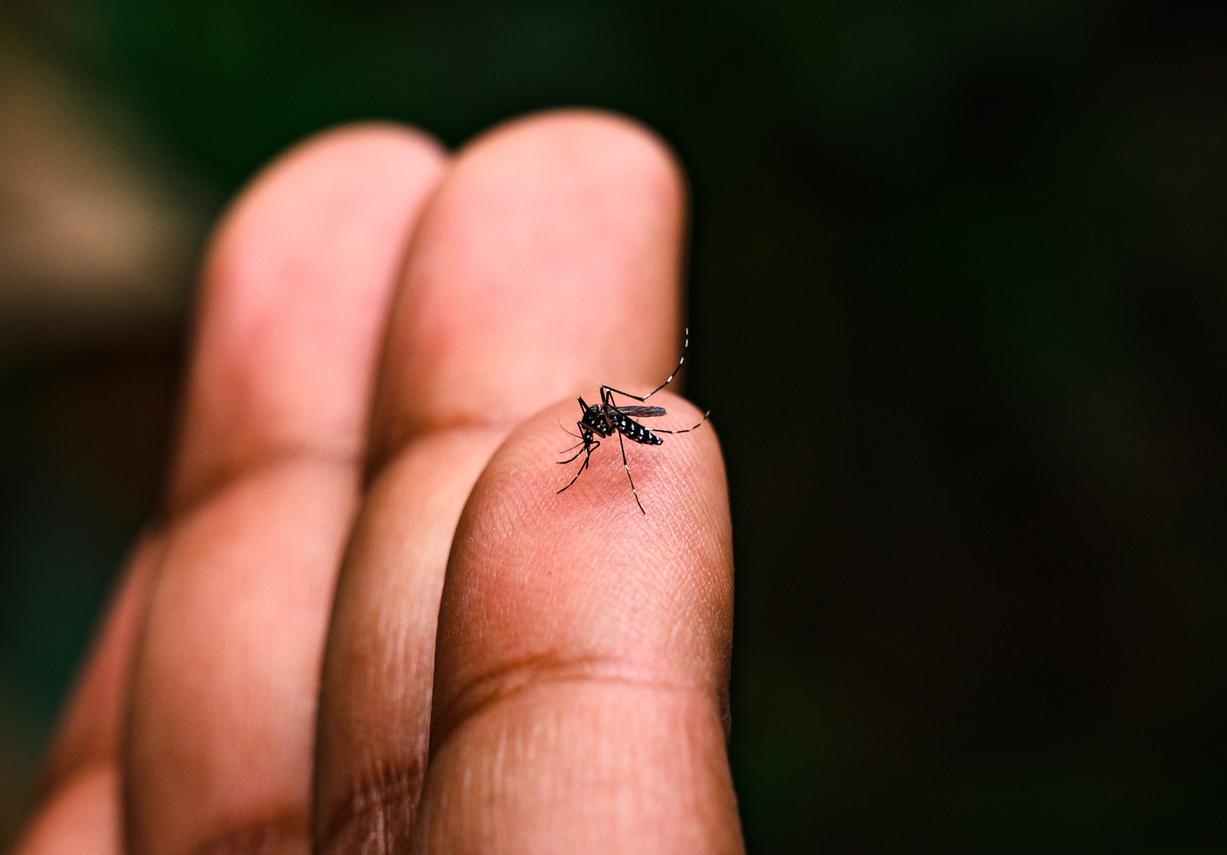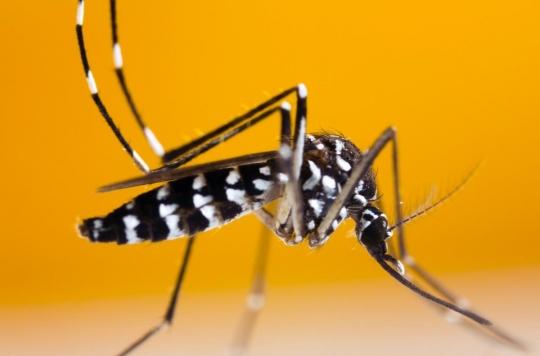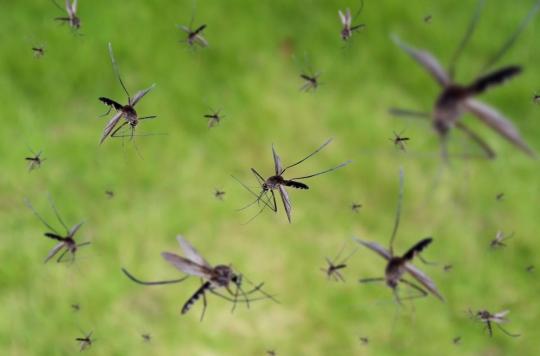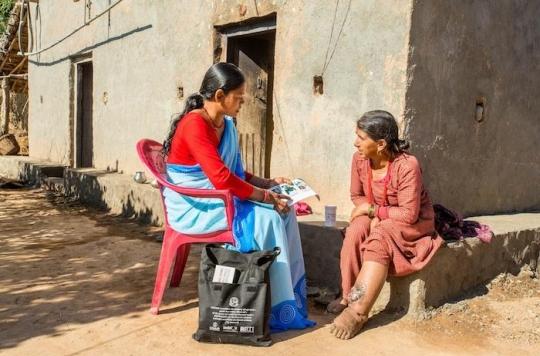Melioidosis, a deadly infection endemic in South East Asia and Australia, is believed to be widespread across the globe, a study warns.
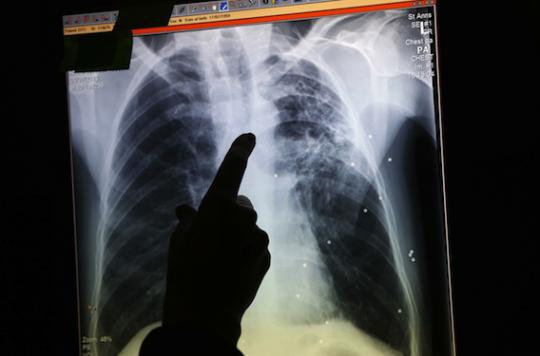
Melioidosis, a deadly bacterial infection that’s hard to diagnose, is said to be much more prevalent than previously thought, warns a study published this Monday in Nature Microbiology. Researchers estimate that this disease is present in 79 countries, including 34 that have never reported a case.
“While melioidosis has been known for more than 100 years, it remains an unrecognized tropical disease, even among health professionals working in the affected regions,” notes one of the study’s authors, Dr. Direk Limmathurotsakul of department of tropical medicine at Mahidol University (Bangkok, Thailand).
Endemic to South East Asia and northern Australia, melioidosis is caused by the bacillus Burkholderia pseudomallei. This bacteria present in the soil is transmitted through the skin when exposed to sludge and contaminated water. Resistant to many antibiotics, the infection causes severe sepsis and fatal pneumonia.
Kills more than dengue
According to this work, which is based on data collected between 1910 and 2015, melioidosis killed 89,000 people among the 165,000 infected worldwide in 2015. It is almost as much as measles (95,000 deaths) and much more than dengue (12,500).
Yet researchers say the disease is seriously underestimated in the 45 countries where it is endemic. Based on these data, they also predict that it is already or would be present in around thirty countries that have hitherto been exempt.
An evolution due in part to population movements, tourism but also diabetes. Indeed, in Asia and in the world, the incidence of this chronic pathology is increasing. However, one of the most feared complications are foot wounds. Infected diabetic patients could thus bring melioidosis to their country of origin, which would promote the spread of the bacillus.
Faced with this scenario, the researchers call for an awareness of the scientific world, medical personnel and decision-makers, and hope that this disease will be considered a public health priority.
.









